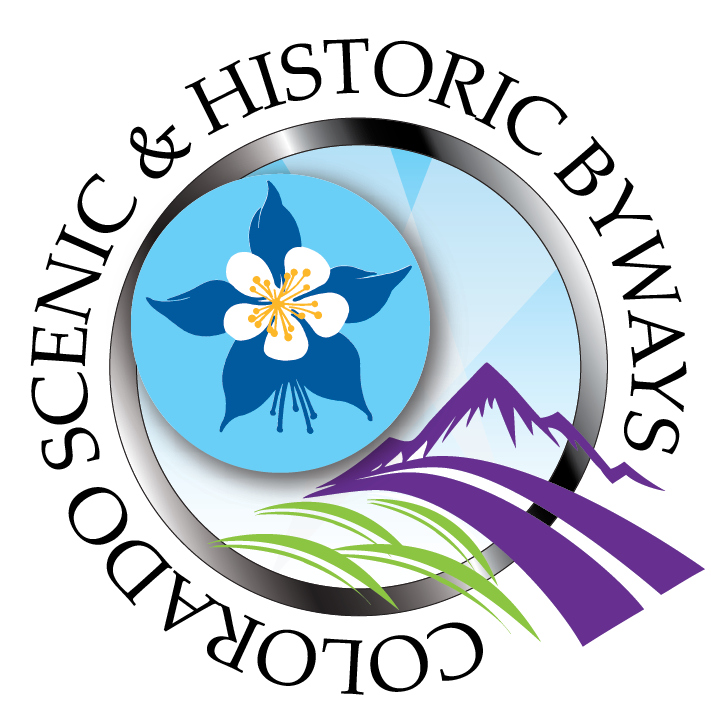CASE STUDY: CONSERVATION EASEMENTS AND THE CONSERVATION EASEMENT TAX CREDIT
Landowner: Josie Ruybal Abeyta
County: Conejos
Acres conserved under easement: 800
Benefits: Hispanic family legacy, wildlife habitat, cultural heritage
Year conserved: 2022
Tax credits leveraged: Yes
Partner land trust: Rio Grande Headwaters Land Trust
Other key partners: Natural Resources Conservation Service, Sangre de Cristo Natural Heritage Area
Ruybal Fox Creek Ranch: Preserving a Cultural and Environmental Legacy
Fox Creek is a multi-faceted landscape close to Colorado's border with New Mexico. Situated in a dramatic canyon in the foothills of the South San Juan Mountains, Fox Creek is surrounded on three sides by the Rio Grande National Forest, Bureau of Land Management public lands and state lands. It’s also near the Conejos River, a fly-fishing paradise. Fox Creek itself and the land along it provide for rich and diverse plant life; the hills, canyon cliffs and mesas are decorated with a cornucopia of flora. A wildlife wonderland, more than 40 species of animals roam here, and more than 68 bird species have been documented.
“You can always use money, but you will never
have the land again. They’re not making any more land.
We need to do what we can to protect it.”
Josie Ruybal Abeyta has taken steps to ensure that Ruybal Fox Creek Ranch stays special forever, the way she experienced it growing up. Conserving it protects an important water source and its quality, and enhances the connectivity across those lands for wildlife. It also sustains a much larger cultural and environmental landscape that defines southern Colorado. By protecting Fox Creek, Josie protects the cultural heritage of part of the San Luis Valley, where a significant Hispanic population has major family ties to the land, and their culture is built on it.
Voluntary Conservation
Josie and her sisters chose a conservation easement as a tool to protect the landscape – honoring the land itself, her family’s legacy, and the legacy of the families who came before hers. “There were families who came over before the U.S. was the U.S. Our ancestors came here. Hispanic families had large pieces of property that got sold off. But those who do still have large properties can leave something behind that says, ‘We value the land, we work the land, we want it to stay.’” Josie unsuccessfully applied for a conservation easement five times before discovering a partner in the Rio Grande Headwaters Land Trust.
Landowner Incentive: The State Tax Credit
Further incentivized by a tax credit, Josie saw a win-win for everyone in her family: Those who preferred money would benefit from the sale of the easement and state tax credit incentives, and the family would still be able to use and enjoy the land.
Photo credit: Rio Grande Headwaters Land Trust
Produced in partnership:














